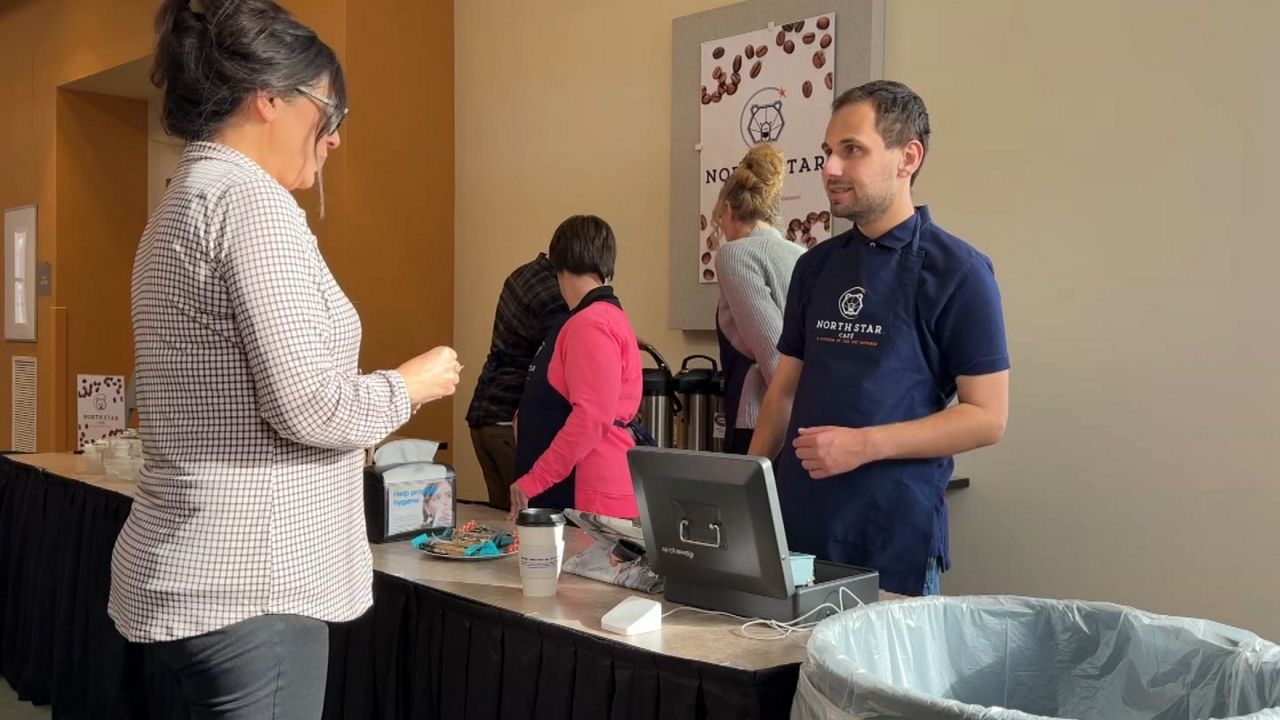ROCHESTER, N.Y. — Western New York played a pivotal role in the Underground Railroad. One of those stops included a place of worship that has seen its fair share of notable people.
“I feel very honored that I have had long, long generations of life within my family of this church. We date back five generations,” said June Smith, secretary for the Board of Trustees at Memorial AME Zion Church in Rochester.
Smith has been an active member of Memorial AME Zion Church since birth. During her 78 years, Smith has seen a lot of history.
While looking through the church’s history book, Smith noticed a program listed that dates more than 100 years.
"Here’s a program in this book, it’s called the Joseph C. Price birthday party. It was held on Sunday evening, February 10th, 1907. Now you know I wasn’t there for that,” said Smith.
The legacy of Memorial AME Zion Church starts long before her time. The church was formed in 1827.
"We have a very rich history, the history of our church goes back to slavery times,” said Smith.
The old church location was a stop on Harriet Tubman’s underground railroad, and where Frederick Douglass published his newspaper known as “The North Star."
Stained glass from the old church still stands in honor of that history, now on the inside of the Clarissa Street location.
"It is a living testament to the history of the United States, and to be able to have it right in our church, and have been a part that activity makes you feel a part of every day what has gone on,” Smith said.
Outside of the most famous trailblazers, others include Dr. Charles Lunsford, State Supreme Court Justice Reuben Davis, and Dr. Juanita Pitts who raised awareness about Sickle Cell Anemia in Rochester.
“These are the type of people I feel should be lifted up when you talk about the history of Memorial AME Zion Church, and many, many more,” said Smith.
The longtime member describes the church as a sacred place.
“All of this has been a part of my life, whether it was back in something that I read, or something I was able to observe,” Smith added.
While full of knowledge, Smith still finds herself reading through old documents about the church.
“You can find some very amusing things in here, like I think once I saw something about a church fundraiser, a pancake supper, imagine paying 15 cents for a pancake supper. Now how can you make any money like that, so it just must have been a social activity to get the members together,” said Smith.
The hope is to pass along her knowledge to grandchildren, and they will pass it along to generations to come.
“Memorial AME Zion Church has had just such a rich, rich history, it goes back so, so many years, it has played such an important part in this city,” said Smith.









